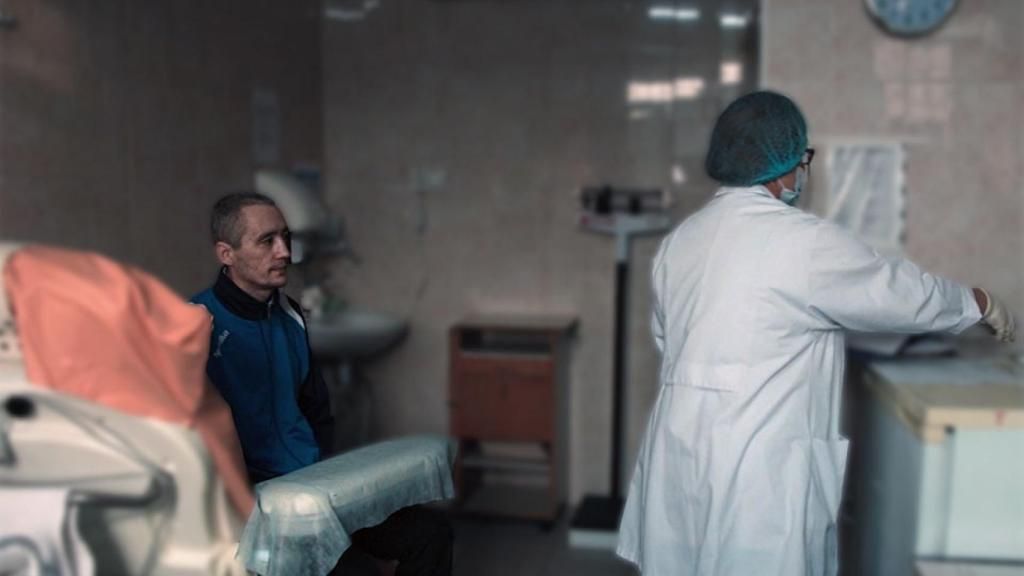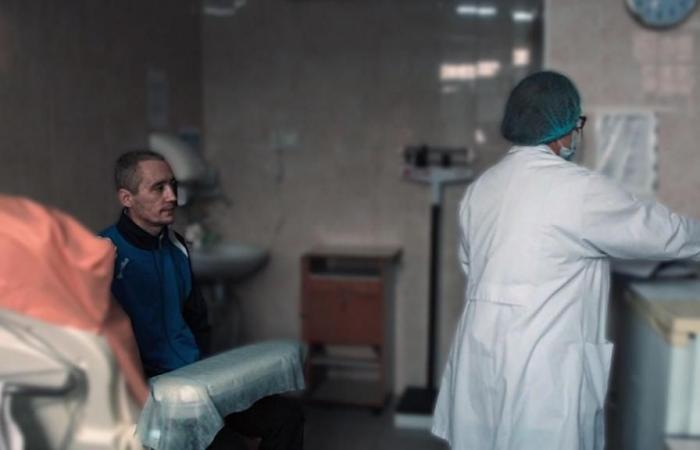CAR-T cell cancer therapies has been one of the greatest advances in oncology in years. They are being a success against hematological cancer and research on their application in some solid tumors They are quite promising. Its use is not, from far, massive, although they do reach more and more patients. However, there was a group that was excluded from their access protocols, so far. People with HIV.
This condition has changed at the end of April with the announcement of the Ministry of Health of the update of the pharmaco-clinical protocols and the financing criteria. Currently, there are seven authorized car-t therapy drugs in SpainInforms Health. Five are industrial manufacturing and two academic manufacturing.
From now on, People with HIV infection that present an undetectable viral loadThey can access this treatment. That is, its use is allowed in patients with an amount of virus in the blood so low that the viral load test cannot detect it.
Pablo Ryan, president of the Spanish Interdisciplinary Society of AIDS (SIXIDA) ensures that this is a great advance. With the update made by the portfolio directed by Mónica García It opens A new treatment window for these people. These are also innovative therapies that are having “a very high efficacy”, so they can receive them, it is “a huge benefit.”
Cancer and HIV
According to data from the AIDS Study Group (GESIDA) of the Spanish Society of Microbiology Spanish Society of Infectious Diseases and Clinical Microbiology (SEIMC), people with HIV have an incidence of defining cancer of AIDS of 1.24 cases per 1,000 inhabitants a year, greater than people not affected by the virus.
These are malignant tumors that a person with HIV has a high risk of presenting. If you present one of them, it means that you have AIDSreports the National Institute of American Cancer. The defining cancers of AIDS are Kaposi’s sarcoma, certain types of no Hodgkin lymphoma and cervical cancer. Precisely, the first two categories can benefit from CAR-T therapies and for the last investigations they have promising results.
For other types of cancer, non -AIDS non -defining, group data show an incidence of 2.50 cases per 1,000 people a year, greater than the previous typology. Despite the figures, It is very difficult to know how many people could benefit From this change that has made health, says Arkaitz Imaz, an attached doctor of the Infectious Diseases Service of the Bellvitge Hospital and Vocal de Gesida. This is because CAR-T cell therapies are still used in selected patients and not massively, he adds.
Out of clinical trials
From Health they explain that, until now, HIV people were excluded from the access protocols for these therapies due to the lack of clinical data that will endorse their safety and effectiveness in this group. A shortage of information that is a direct consequence of the systematic exclusion of these people in clinical trialsthey add.
This type of studies are controlled situations, so sometimes, It can be avoided to include populations that can work differently Or have more adverse effects of the expected, explains Imaz. “Patients with some diseases that can alter, the course of the disease or treatment can be excluded.”
IMAZ recommends not excluding these clinical trial patients. Apart from preventing having very necessary information, it can contribute to the stigmatization that HIV has. Fortunately, this happens less and less, celebrates. However, there are cases in which they do have to be left out “in common sense,” says Ryan. For example, in the case of attenuated live vaccines, which run the risk of reinfection if they have CD4 lymphocytes at low levels.
The fear of car-t
In car-t cell therapies, lymphocytes of the sick person, genetically manipulated, to react against tumor cells, explains the GESIDA specialist. The fear with patients with HIV was that Its side effects are related to problems in the immune systemalready damaged by the virus, adds Ryan.

A person with the undetectable virus means that he has controlled infection, which quite reduces the risk of side effects or “unwanted interactions” in the treatment, says the president of Sixida. This is thanks to what Antiretrovirals allow them to have an immune system very similar to that of a person without this condition. Therefore, it is expected to respond very similar to the general population.
Ryan also states that this has happened in other medical aspects, such as organ transplants. It was considered that having HIV was a contraindication both to be a receiver and donor. Fortunately, it has been proven that, in the first case, They have a good response to this method thanks to antiretrovirals And that is not dangerous. “There is already a lot of experience with liver, kidney or hematological parent transplantation [un tipo de células madre]”.
The news of the Ministry of Health highlights the importance of taking into account people with HIV controlled in clinical trials of the drugs, adds the GESIDA expert. It is also remarkable that it has been chosen to think that patients in this situation can benefit from these treatments, although there is almost no evidence available, since “In theory they are not different”underline imaz.
The restrictions, in addition, are given in the early stages of commercialization of these drugs. When you reach the latest stages and there is more experience, “Those limitations are falling”says the president of Sixida. It is what has happened in this case, something that Ryan celebrates. “It is a very important advance, especially in terms of health equity and rights for patients.”








